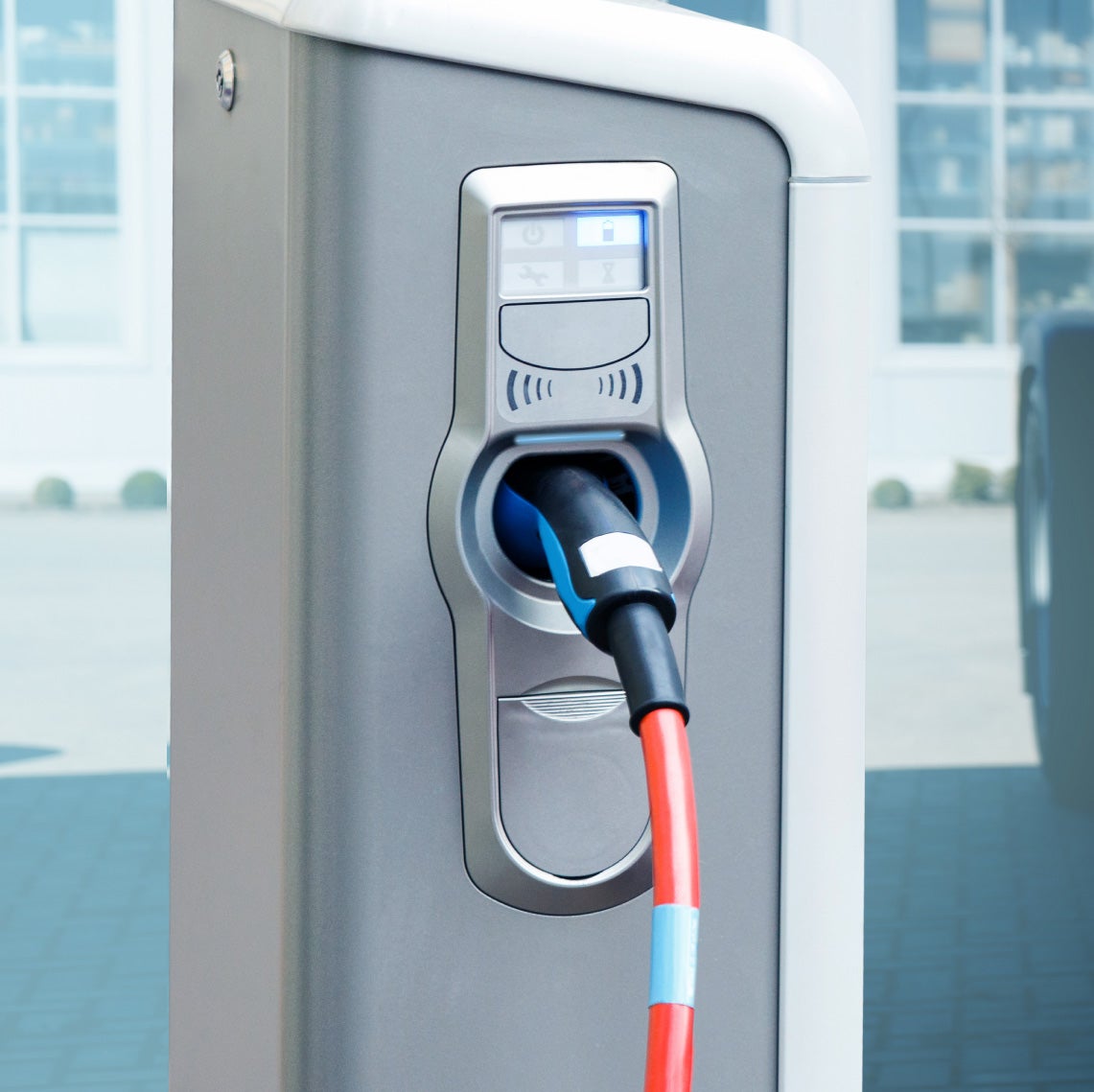The Journey
How to use this pageReview the landscape and gather the team
Start Phase »
Identify what is possible now
Start Phase »
Create a plan for near-term deployment
Start Phase »
Phase 2: Identify what is possible now
Step 4
Plan out charging infrastructure
- Consider whether controlling charging infrastructure in-house or adopting a charging service is more practical for your business.
- Charging as a service means an outside company will manage the entire charging process and provide ongoing billing for charger use.
- Plan infrastructure for your future needs not just current or short-term needs. It’s easier to do it all at once now rather than repeat the process in a few years.
- Think about the longevity of your fleet facilities before undergoing significant infrastructure investment at that location. Is this where your fleet will be long term?
- If you lease your facilities, you’ll need to negotiate with your landlord about infrastructure changes and who will bear that cost. Mobile chargers can be an option in these scenarios.
- When deciding on charger placement, remember that relying on publicly available chargers tends to be an ineffective way of keeping your fleet moving.
- Will you need to arrange for your company to build out any new electrical conduits and make ready wiring?
- If your site needs additional utility infrastructure to handle the new load demands, remember that retrofitting can take a significant amount of time, depending on the situation.
- Before choosing a charger, research current and forthcoming charger standards or requirements in your service area.
- The EV industry is still in its infancy, so standards are still being established. Your utility may have its own requirements for chargers, and UL, ENERGY STAR and the Open Charge Point Protocol also provide guidance. This will help to ensure you are not left with outdated chargers in a few years.
- Install as many chargers as possible under a single contract to help ensure the interoperability of your platforms and equipment.
- Will employees charge vehicles at their homes? If so, start considering whether to use some form of smart charger technology to calculate the energy used at home to fuel vehicles. This way, your company can reimburse employees for that cost. (Typically, this only applies to light-duty vehicles.)
- If it is light duty, your team may be able to use the telematics of the car battery management system itself to calculate this.
- Consider installing distributed energy resources such as solar or battery storage to contribute to peak shaving and help control your electricity costs.
-
Electric Vehicle Charging Station Permitting Guidebook
Watch -
Interconnection Standards
Visit -
Infrastructure Planning Tool: A Transit Fleet’s Guide to Successful Electric Bus Charging
Watch -
Infrastructure Insite tool
Visit -
EV Charger Selection Guide
Download -
EV Charging Financial Analysis Tool
Visit -
EV Insfrastructure Projection Tool
Visit -
EV Charging Incentives for Commercial and Fleet Stations
Visit -
Equipment Catalog (Infrastructure Insite)
Visit -
California Make Ready Programs
Download
